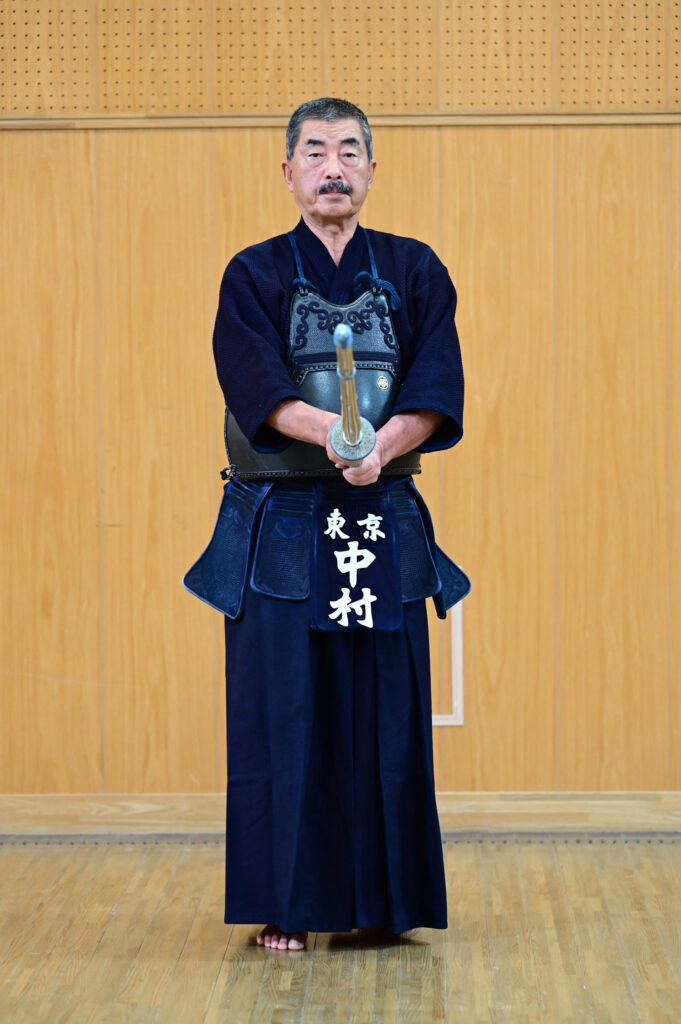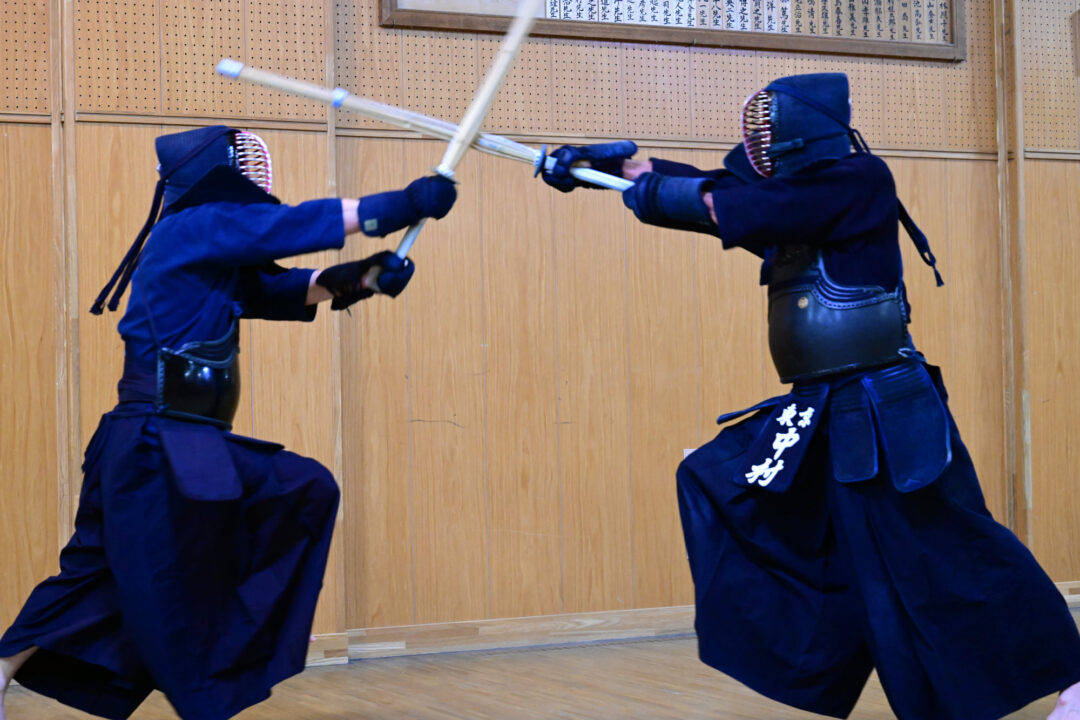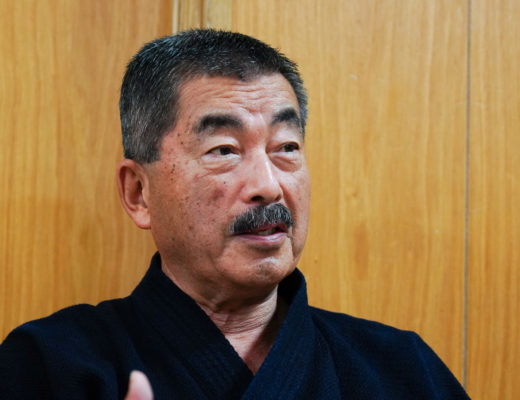2023.1 KENDOJIDAI
Photography: Nishiguchi Kunihiko
Translation: Jouke van der Woude
“In order to perform an Ai-men or Debana-kote strike, one must first move the opponent’s intent. It’s important to be in harmony with the opponent and attack with the left hand as the axis without being attached to the outcome, and to sincerely execute the technique. Chief Nakamura, who teaches daily at Tokyo Shudokan, explains the secrets of Ai-men and Debana-kote strikes.
Nakamura Fukuyoshi, Kyoshi 8th Dan

Currently, as the head of the dojo, he instructs and trains younger generations every day, all day. He is also the chairman of the Tokyo Kendo Dojo Federation and a former coach of the Keio University Kendo Club.
As it is well known, techniques such as Ai-men, Debana-men strikes and Debana-kote strikes are highly effective in leaving a good impression when executed correctly. However, simply relying on speed and arm strength without observing and understanding the opponent’s movements will not lead to success.
I always tell my students at Shudokan that Ai-men requires a comprehensive skillset. I believe that regardless of age or rank, one must continue to practice and refine these techniques.
While the teachings of past masters have emphasized the importance of striking at the timing of your opponent’s initiation of a movement, it is widely known that targeting visible parts alone will not lead to success in Kendo. However, it is the tendency of Kendo practitioners to want to strike what they can see.
Reading the movements of the opponent’s intent in a real fight may be possible if there is a significant enough difference in ability, but it is not easy when facing an opponent of similar skill. However, if you cannot overcome this barrier, you cannot win in Shiai or pass an examination. It is important to strike decisively with abandon that utilizes the read and instinct that have been accumulated through years of training. Striking decisively means striking with a single blow that is in perfect harmony with your spirit, energy, and physical body. To accomplish this, you must first overcome your own fear. If you are afraid, your opponent should be sensing a similar amount of fear. Everyone wants to strike in Tachiai, but if this desire is too strong, it will cause tension.
To overcome fear, you must have the confidence that you have trained sufficiently to not lose to anyone. If you believe that there is no way you should lose, you can observe your opponent calmly and respond appropriately when the opportunity arises.
When I was preparing for my 8th Dan examination, I asked my teacher, Nakayama Mineo (Hanshi 8th Dan) at the Shudokan for Ai-men Keiko every time. At first, I was too tense and could not strike properly. However, I continued to practice, focused on harmonizing with my opponent, and repeatedly struck straight ahead with my left hand as an axis. I believe that this repeated practice led to my passing the 8th Dan examination.
There is no substitute for hard work in order to master techniques, but in the next section, I will introduce what I usually explain and demonstrate to my students.
Lift the right heel lightly and place the left hand on the left hip in Kamae
The rest of this article is only available for Kendo Jidai International subscribers!



